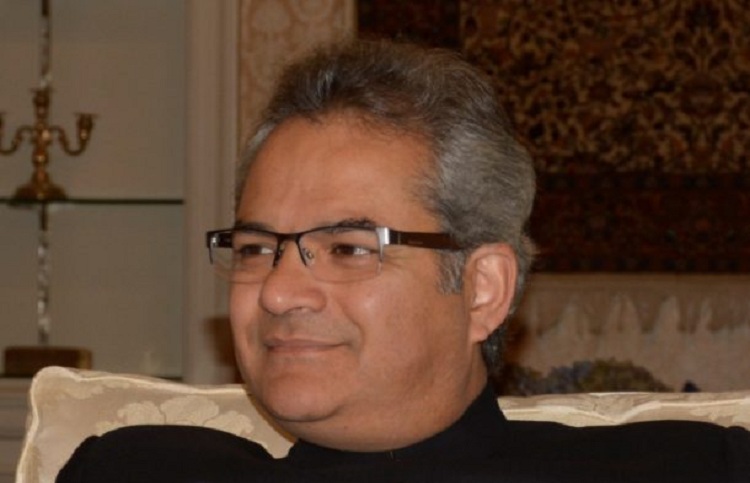The Diplomat
Three experienced Lithuanian glider pilots are aiming to become the first to fly over Europe without an engine to commemorate the 90th anniversary of Darius and Girėnas’ flight across the Atlantic, according to the Lithuanian Embassy in Spain.
Algirdas Šimoliūnas, Sakalas Uždavinys and Ignas Bitinaitis intend to cross Europe without an engine this August. The three pilots have so far flown over the Baltic States (2016) and as far as the Black Sea, Ukraine (2018).
This time, they are setting out on their biggest challenge to date: to reach the Atlantic Ocean off the coast of Portugal in gliders and become the first pilots in the world to cross the old continent with no engine. To do so, they have to cover a distance of 4,000 km.
It took the pilots one day to fly over the Baltic countries and five days to get from Lithuania to the Black Sea in Ukraine. To cross the old continent they have set themselves the target of 10 days.
With this flight they want to commemorate the 90th anniversary of Darius and Girėnas’ flight across the Atlantic (1933). Portugal is one of the European countries furthest away from Lithuania, situated on the shores of the Atlantic Ocean, and this fact generates great enthusiasm among the pilots and drives them on.
“Flying to Portugal is our biggest challenge so far. Personally, I want to fly through Europe, different countries, their cultures, and thus inspire freedom and courage to myself and all Lithuanians,” says A. Šimoliūnas, team captain and glider pilot.
The flight route will depend on the weather conditions
The pilots plan to fly the route Lithuania-Poland-Germany-Germany-France-Spain-Portugal. They plan to cover the 4,000 km by air in 10 days.
However, the flight route may change on the fly depending on weather conditions. The gliders fly upwards, lifted by warm air currents, and are strongly influenced by the ground surface and the weather. Heat is necessary for successful gliding, strong winds make flying difficult and pilots try to avoid rain. Therefore, pilots will choose a flight route according to the weather conditions.
“Everything during the flight is subject to weather conditions, so we have to be prepared for everything, not just Plan A and Plan B. Although we are currently planning southern routes (through Poland, Czech Republic and Switzerland) and northern routes (through northern Germany and France), we have about 10 airfields in different European countries where we can land if necessary. We will decide which route to take as we fly,” says Šimoliūnas.
Before the flight, it is important to contact the pilots at all airfields to inform them about the flight, to find out if the airfield has an aircraft that can lift the gliders, how long the runway is and what the living conditions are at the airfield. In addition to the pilots, a ground team will also cross Europe and follow the gliders by car.
The flight itinerary will have to be adjusted on a daily basis
Another major challenge for the pilots is the coordination of the route on the fly, i.e. the information about the flight itinerary for that day.
“For those of us who don’t fly in international areas every day, coordinating flight plans will be a challenge. You will have to coordinate them every day by filling in the flight details via the app. The plan is usually confirmed within an hour. So if you send it in at 10am, you’re probably ready to take off at 12am,” says Šimoliūnas.
There are many challenges during the flight, so the pilot stresses that the most important thing is to be patient. “Before the flight, you have to think about all the details, the different possible scenarios and be patient and consistent during the flight,” says the experienced glider pilot.







